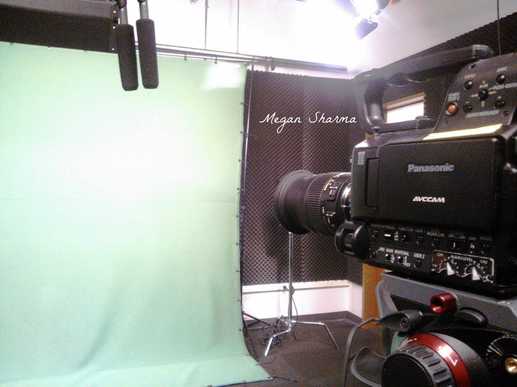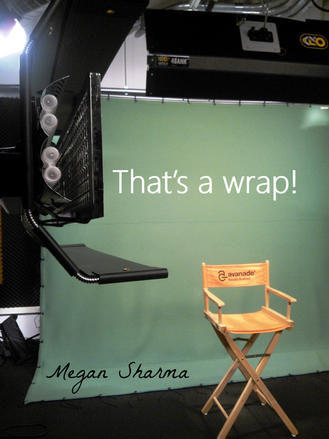But how do you feel about video? Once the camera starts rolling, do you fumble and mentally dart for the nearest exit?
Aside from seasoned professionals like television news anchors and actors, or even anything-but-gun-shy executives, most people feel a bit of apprehension in front of a video camera.
Video is one of the most engaging mediums out there, and incredibly prolific, with 100 hours of video uploaded to YouTube every minute and 1 billion unique visitors each month. So, it’s worth getting a handle on video.
Did you know that at my company, Avanade, we have a real-live recording studio, complete with sound proof walls, a variety of camera equipment, a green screen, teleprompter, and even an Avanade director’s chair? Well, we do. It’s located in our Seattle headquarters, and it’s pretty much the coolest.
Since joining Avanade in 2010, I have worked with the amazing Avanade Studios team to produce dozens of videos for a variety of purposes: training, announcing new corporate initiatives, marketing, and career content.
It’s a unique and fun experience to play director and production manager. A typical session includes prepping the “star” before film starts rolling, reviewing talking points, confirming camera angles/lighting/style and a sound check with our producer, and coaching throughout the session.
What’s more, it requires quickly reading people and their comfort level in front of the camera, triaging when they feel overwhelmed, and coming up with great one-liners and compelling content on the fly.
Communicators, business managers, and executive assistants—listen up! Here are my tried and true tips for studio success (these apply to any form of filming, even on your iPhone):
1. Be prepared: Know who the video is intended to reach (your audience), why you are creating the film, what you want people to do after you watch it, and more. Then, be prepared to communicate this vision in one minute or less.
2. Bring: Extra copies of the script or talking points as hard copies and on a thumb drive, a pen, and cell phone (keep it silent!)
3. Know your talking points: you should know the key points that need to be made in the video, practically by heart. Listen for these while filming. Also, before you even get to the studio or filming site, be sure to actually talk through each bullet to make sure it sounds human and authentic, not like a bunch of rehearsed gobblety goo.
4. Comfort is king: The individual in the spotlight needs to feel at ease. You can help make it happen by engaging in a little small talk, giving the person time to practice and absorb, letting them go at their own pace, and standing back and shutting up (as needed). Sometimes they know exactly what they are doing once that red light goes on—and you simply need to give the thumbs up.
5. Improvise: If a line or approach is just not working, try something else. Brainstorm together and you may come up with something even better than the original plan.
6. Play to your star’s strengths: Your guest of honor is a master of making a scripted teleprompter video looking natural as all get-out. Great, go with it! Or, they don’t want to see the script at all and prefer to speak ‘off the cuff’. Kudos to that approach, as well. The key is not to force an incongruous style on the speaker.
One final tip: there will always be another take, another day, and another video. Enjoy the moment while it lasts.



 RSS Feed
RSS Feed









